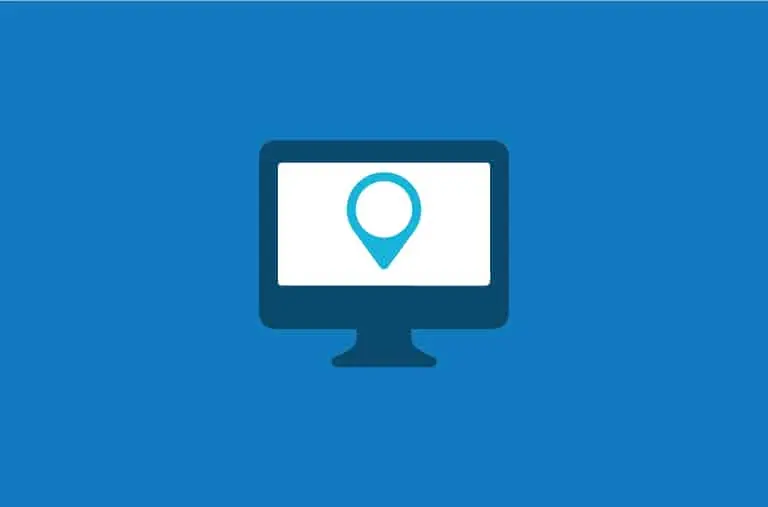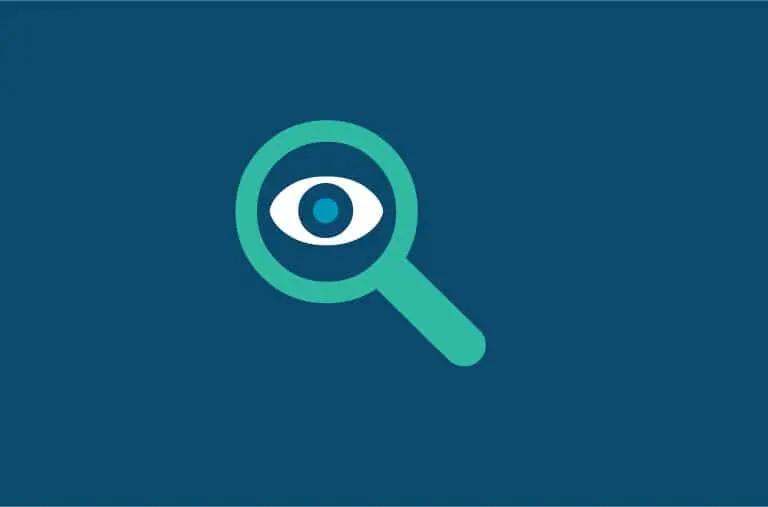The three different types of CRM software are Operational, Analytical, and Collaborative. Most enterprise CRM systems contain all three areas within their solutions. They can overlap or work independently within the CRM. Depending on your business needs, you may need one or all three.
Operational CRM:
Operational CRMs contain your front-office business management and business processes. This includes all communications throughout the lifecycle of your existing customers and prospects. These communications can occur from sales, marketing, and customer service teams.
The primary function of Operational CRM is to take care of your customers. Real-time, automated internal processes make jobs easier and customers happier.
Examples of Operational CRM Systems:
Sales – A sales rep hasn’t called a top customer in a few weeks. A task sends an email reminding the rep to call their customer.
Marketing – A prospect fills out a form on your website. Your CRM database creates Their contact information (or updates) in real time.
Customer Support – A customer has not received an answer in a few days. The ticket is escalated, and an email is sent to the customer support manager.
Operational CRM has Three Core Modules:
- Enterprise marketing automation:
- Marketing Automation
- Campaign Management
- Email Marketing
- Website Integration
- Lead Management
- Customized Form Letters
- Event-based Marketing
- Sales automation tracking the sales process:
- Opportunity Management
- Line Item Quoting
- Sales Dashboard with Charts and Graphs
- Specifications development
- Customer service automation and Support via contact center, call center, web portal, email, Etc.:
- Service requests
- Product returns
- Customer complaints
- Knowledge Base Management
Analytical CRM:
Analytical CRM is your data analysis. It combines customer data collected in the Operational CRM and other outside sources. It finds behavioral patterns that improve business decisions and customer experience.
Examples of Analytical CRM Systems:
Sales – A sales manager compares his Q4 forecast to last year’s purchase history in the same quarter. He notices one of his products is 75% less than last year.
Marketing – A marketing manager notices one email in a campaign is not opened as much as the others. She changes the title of the email and updates the marketing campaign.
Customer Service – A service manager notices one product has more issues than normal. She calls the product manager to escalate the problem.
Analytical application examples:
- Financial Forecasting
- Price Optimization
- Purchase History
- Customer Satisfaction Evaluation & Growth
- Product Development
- Risk Management
- Sales Team Coverage Optimization
- Cross-selling and Up-selling
- Customer Retention
Collaborative CRM:
Collaborative CRMs focus on interaction management with customers through customer touchpoints. This communication is shared across internal departments of a company. It improves team collaboration and increases customer service and business management.
Examples of Collaborative CRM Systems:
Sales and Marketing – Marketing is notified when a prospect views your website. They call the salesperson, who immediately calls the customer and closes the sales cycle faster.
Customer Service – A sales rep looks at his mobile CRM when walking in to see his customer. He notices the customer has called his sales technical support to report a problem.
Collaborative application examples:
- Online services for convenience and cost reduction
- Effective communication through various channels, including automated phone, email, and internet
- Profiling sales data during customer interaction
- Social CRM
- Mobile CRM
Regardless of your business size, each of these types of CRM systems is beneficial. A strategic CRM solution aims to increase efficiency while increasing sales. Having all three solutions will guarantee success for your organization.
Do you have questions? Give us a call at 972.304.7111. We’d love to help!







